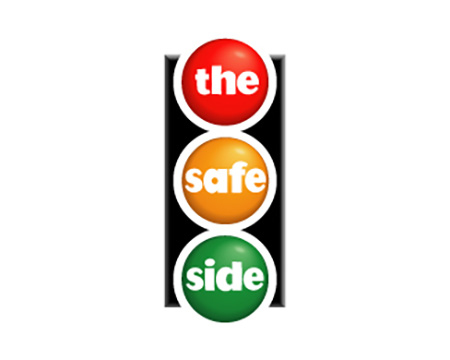A program addressing the issues of Stranger Danger and Internet Safety
Children are some of the most vulnerable members of our society and we live in a fast-paced world where they face challenges and potential dangers. The US Department of Justice reports that almost 800,000 children may be reported missing in a year’s time, resulting in an average of about 2,000 children being reported missing each day. The Internet has especially become a place where children and youth are enticed with negative choices and negative activity.
It is important that we as adults understand that the well-being of children rests in our hands and we are all responsible for preparing them to lead safer and more successful lives. The Safe Side program develops prevention and safety education resources that can be used in homes, schools, childcare centers and anywhere children are found.
Stranger Danger Program
So what does “stranger danger” really mean, and do children benefit from an outdated and incomplete message? Here’s what we have learned about the “stranger-danger” concept:
- Children don’t get it.
- Adults don’t practice it.
- It doesn’t go far enough in protecting children from potential danger.

When questioned, children will often describe a “stranger” as someone who is “ugly or mean.” They don’t perceive nice -looking or friendly people as “strangers.” And if someone talks to a child or is even around a child more than once, that person loses his or her “stranger” status. The child then thinks he or she “knows” the person. Children also want to be helpful, thrive on adult approval, and respond to adult authority. So, if someone with ill intent asks them to perform a task or tells them something has happened to a loved one, chances are good the child can be tricked. For more information contact Brenda Hannah at 931-759-7163 or bhannah1@utk.edu